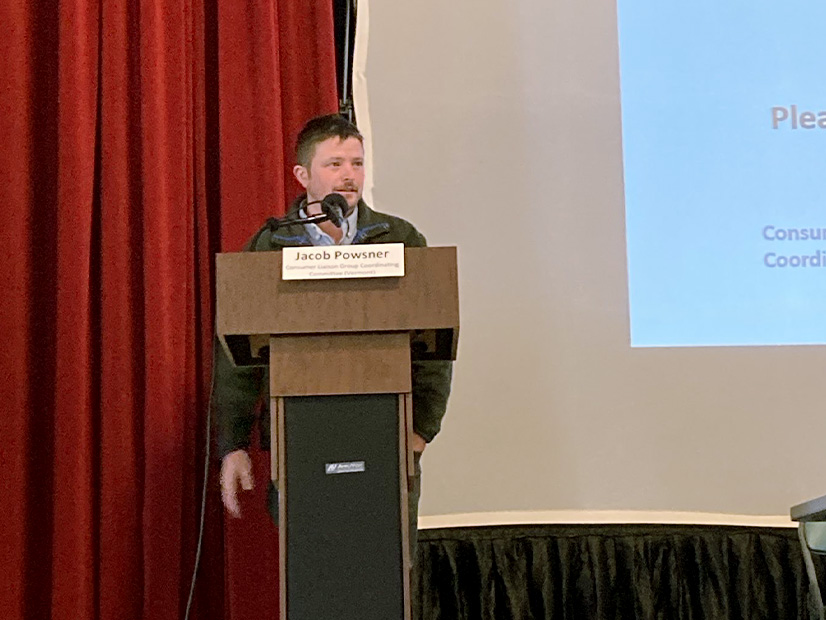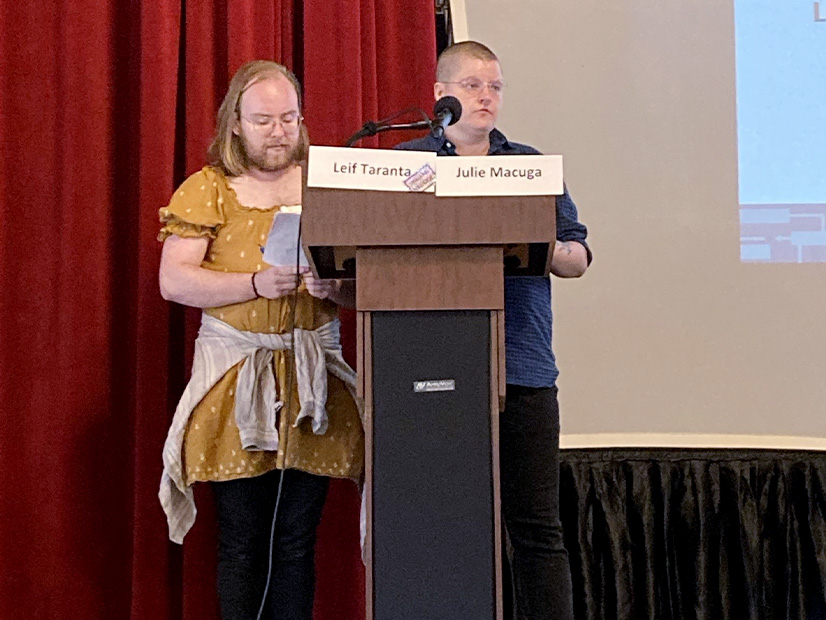Ratepayers with their own solar generating projects can reap the financial benefits from accumulating net-metered credits indefinitely under rules approved Wednesday by the Maryland Public Service Commission (PSC) that are set to take effect Sunday.
The rules update the existing 12-month accumulation period, under which the utility reimburses each ratepayer annually for any outstanding credits awarded from electricity fed into the grid when a solar system generated more power than the ratepayer needed.
PSC officials, working with the state’s four utilities — Delmarva Power & Light Co., Potomac Electric Power Co., Baltimore Gas and Electric Co. and The Potomac Edison Co. — crafted the rules to meet the requirement of S143, known as the Net Metering Flexibility Act, which Gov. Wes Moore signed in May. It takes effect Oct. 1.
Ratepayers, under the new rules, are by default limited to a 12-month accrual period. But they can opt each March 1 to limit the period for any credit accumulation to one year, or to accumulate credits indefinitely. The rules also apply to subscribers to community solar projects, who accrue virtual credits as a result of their participation in that program.
Eligible ratepayers include any customer who owns and operates, leases and operates, or contracts with a third party who owns a project. In addition to solar generators, the rules cover projects that generate electricity with biomass, micro-combined heat and power, fuel cell, wind or hydro.
Jacob M. Ouslander, assistant counsel at the Office of People’s Counsel, an independent ratepayer advocacy organization, said the rules could be a big benefit to some ratepayers.
“When the NEM (net energy metering) credits are paid out in excess generation, the customer ends up receiving a lower financial benefit from the credit,” he said in an interview with NetZero Insider after the meeting. That’s because ratepayers buy electricity at the “full retail rate,” including distribution charges, but the utilities don’t pay those charges when they buy excess energy credits, he said.
So, ratepayers whose electricity use rises in the future would be better off holding credits and using them in the future, rather than cashing them in.
Fair Valuation of Accrued Credits
Speaking at the meeting, Ouslander expressed concern, however, that it was unclear which method utilities would use to calculate the amount they would pay out for credits accumulated over a long period.
“When you have a situation where a customer could potentially indefinitely bank credits, meaning that they could bank credits for years and years and years, the method that’s spelled out in the tariffs [concerns] us,” he said. “Because there could be a situation where the credits that are eventually cashed out if the customer switches back (to annual accrual) or closes the account end up being much higher than the excess generation that would have been paid out had the customer been receiving the payouts under the 12-month annual accrual cycles.”
That would hurt other ratepayers, who collectively would be paying for the excess amount paid, he said. “Ideally, there would be a method that values the accrued credits at a level close to what the customer would have received under the annual accrual method,” he said.
He added that utilities need to educate ratepayers that they have the option and how to go about it, if they want to switch from the 12-month accrual period to indefinite accrual, or back.
That and other issues related to helping ratepayers understand the impact of such decisions would best be resolved by creating a clear form that would educate ratepayers and allow them to communicate their desired accrual period to their utility company, Ouslander said.
Utility representatives generally agreed. However, PSC officials said a working group tasked with creating the form had yet to complete its work.
Commissioner Bonnie A. Suchman suggested the commission approve the new rules but “suspend” the ability of ratepayers to make a decision until those details had been ironed out.
“If you haven’t nailed down how the indefinite accrual method will work, it’s very hard for a customer to make a choice,” she said.
Joel Michel, assistant general counsel at Baltimore Gas and Electric, said any ratepayer choice would not take effect until March 1. In response, the commissioners agreed to make that the deadline to produce the form and clear up unresolved questions about the process.

